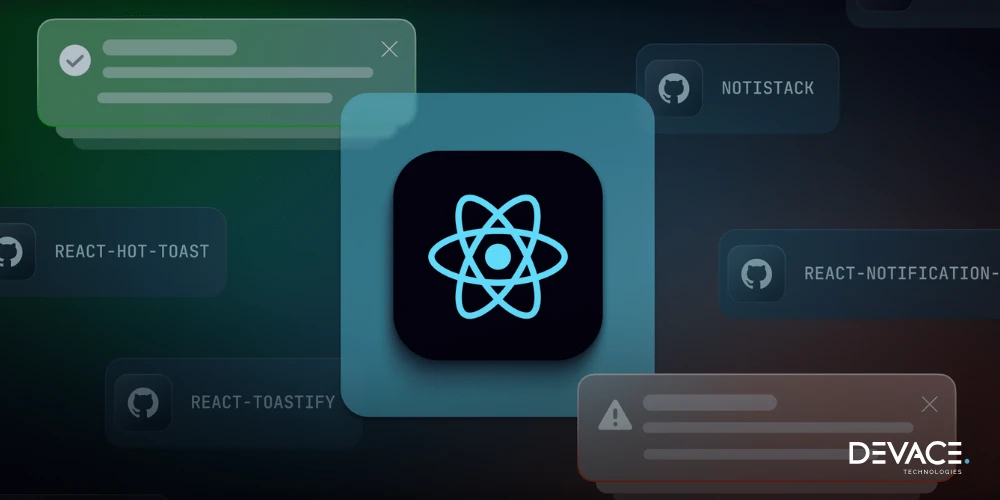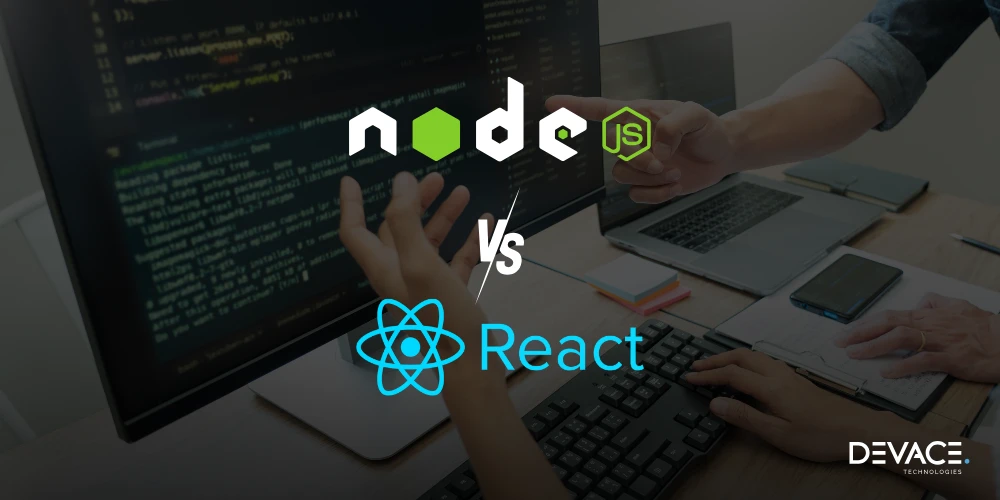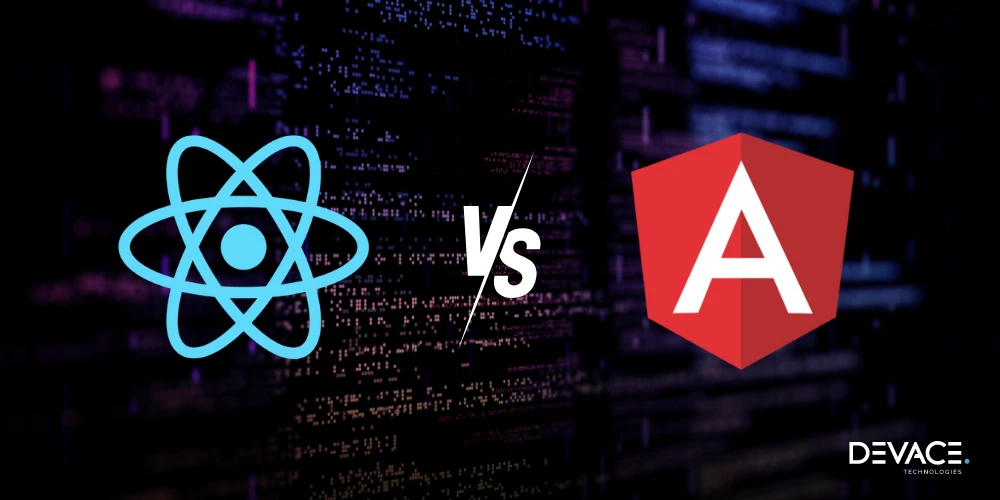Going into 2025, users and developers alike are leaning towards more impressive websites and stunning interfaces— and with web technologies constantly changing and evolving, it’s important for any developer to up their game regarding web development skills.
That being said, React remains one of the most popular, open-source web technologies used for creating front-end development even in 2025. Any developer will tell you that the main reason behind its popularity is its extensive catalog of React component libraries.
But with so many options available for React frameworks, picking the right library can make or break your development process. In this article, we explore some of the best React component libraries for 2025, their key features, and which React component library you should use for your next project.
What are React UI Component Libraries?
React UI component libraries are JavaScript libraries with collections of pre-built, reusable UI components that help developers build user interfaces efficiently and cut down on longer development times.
These libraries offer a huge set of React components like buttons, forms, modals, and data tables, which can easily integrate into React applications and help make more complex and polished user interfaces.
It’s a toolkit for developers that has building blocks and elements that follow the best practices in design and accessibility for better development.
Benefits of Using a React UI Component Library
Using a React UI component library provides a lot of benefits when building an application or website. Developers can speed up the development process by using pre-built components, letting the libraries automatically ensure a consistent design across the application, and even use a range of different theming and customization options. However, every React component library is well-suited for different use cases. Let’s take a look at what benefits to expect when choosing the right library for you.
Speedy Development Process
Instead of writing every single code for every single React component from scratch, using a React UI component library lets developers bypass this nightmare task by providing pre-built components of code. Developers can then focus more on application logic and functionality aspects of the development, while React component libraries do the rest.
Consistency Across Projects
Using a good React component library equals design consistency across your projects. While consistency is harder to maintain when you’re doing everything from scratch, things can be even worse when you’re working with large teams or on multiple projects. React component libraries ensure that all those UI elements are consistent across different applications, and there’s a format to follow if you’re working with a team.
High-Quality Components
Most of the top React component libraries are thoroughly tested and actively maintained by their dedicated community of users and developers. So there’s nothing to fear when using one of the most popular React component libraries since the components are reliable, optimized for performance, and free of major bugs. You simply get to build higher-quality applications without the fuss.
Cost Reduction
It’s a no-brainer that by using popular React component libraries, developers can reduce development costs by a whole lot. The time and resources saved on the UI design and implementation can instead be more focused on improving the other aspects of the application.
Increased Productivity
All developers pine for a streamlined workflow. React component libraries offer boosted productivity just by their pre-built UI components. Using the best React component library for your project guarantees that you streamline the development workflow and implement complex UIs with ease, all according to the criteria you’ve set for the project. Who doesn’t love an accelerated development cycle?
Lower Risk of Bugs
Popular React component libraries are rigorously tested and maintained by their communities of experienced developers, so the risk of introducing any new bugs is very minimal. What you then get is a stable application with fewer unexpected issues every time you use a React UI component library.
Access to Expertly Designed Components
As another bonus, the different communities that maintain React component libraries also include UI/UX designers. This means by using these libraries, you have access to expertly-designed components that also adhere to the best practices in usability and accessibility.
Strong Community Support
Many popular React component libraries have active communities of users and contributors. Developers can then easily find support, ask any questions, and also get access to documentation or tutorials while working on their projects.
Ease of Use
React component libraries simplify styling aspects while offering the flexibility to customize components using CSS techniques. That’s because even for expert developers, designing sophisticated user interfaces from scratch can be time-consuming and error-prone.
A React UI component library makes it easier by offering ready-made components that even beginners can use without having to dive deep into CSS styling.
Enhanced Customization
Another great thing about React component libraries is that while they provide ready-to-use, generalized components, they can also allow customization to fit any specific project needs you might have. Developers can easily modify themes, styles, and even component behavior to match their application’s requirements and make it more stunning and impressive for their intended users.
Keep in mind that every React component library offers different levels of customization. Many popular React component libraries provide flexible theming options and styling configurations to fit a range of project requirements. But some React component libraries may have unique features or a more opinionated design system that limits customization. The degree of customization in your project will depend on the specific React UI component library you’ve chosen to use.
Improved Accessibility
Many React UI component libraries prioritize accessibility, so applications that are built with them are usable by a wider audience.
Get all the benefits for your project development
Top React Component Libraries for 2025
Below are the best React UI component libraries you must know for front-end web development:
1. MUI (Material-UI)

MUI often comes to mind when developers are asked about the best React UI component library. Being one of the top React component libraries, MUI provides a full house of React components that also follow Google’s Material Design guidelines.
This library offers customizable themes, a huge set of UI elements, and strong community support, making it a reliable choice for developers.
MUI also allows developers to either use its pre-built Material Design components or customize them to fit their design system. This flexibility makes it the best React UI component library for creating applications of all complexities.
It’s also especially well-suited for building applications that need to be both visually appealing and consistent. Developers can choose to either use the free version, which comfortably handles most use cases or go with the premium version at $15/month. So you can use MUI’s pre-built components as they are or customize them to match your design system. Either way, it speeds up the whole development process without sacrificing control.
The Verdict:
For high-end and accessible interfaces, the ability to tweak customization styles and a whole lot of documentation, MUI is a great option for developers looking to create applications or websites for their startups or expert-level enterprise applications.
2. Chakra UI

Chakra UI is another accessible, best React UI component library that focuses on flexibility (Chakra, anyone?) and ease of use.
It has a styling system that’s based on the original Styled System. For any newbie developers who choose to use this React component library, Styled System is a utility library for React and Styled Components that helps developers create consistent, responsive, and theme-based designs. It lets you apply styles through props, so it’s easier to manage the spacing, typography, colors, and layout, all without writing custom CSS for every single React component.
Chakra UI also has built-in dark mode support and a highly composable structure that lets developers create responsive designs effortlessly, and helps create theme-switching if your project needs that feature.
The biggest plus points of this React component library are its simplicity and composability. With a straightforward API, developers can quickly integrate Chakra UI into their projects without needing to go through a steep learning curve or any other hurdles.
Its components are purposely designed to be accessible while also following ARIA best practices. For Chakra UI, performance is also a key focus, so the library is optimized to be both lightweight and fast.
The Verdict:
Chakra UI is an excellent choice for developers who want a flexible and accessible React framework that cuts down on development time while also being able to use a Styled System for their customization needs.
3. Ant Design
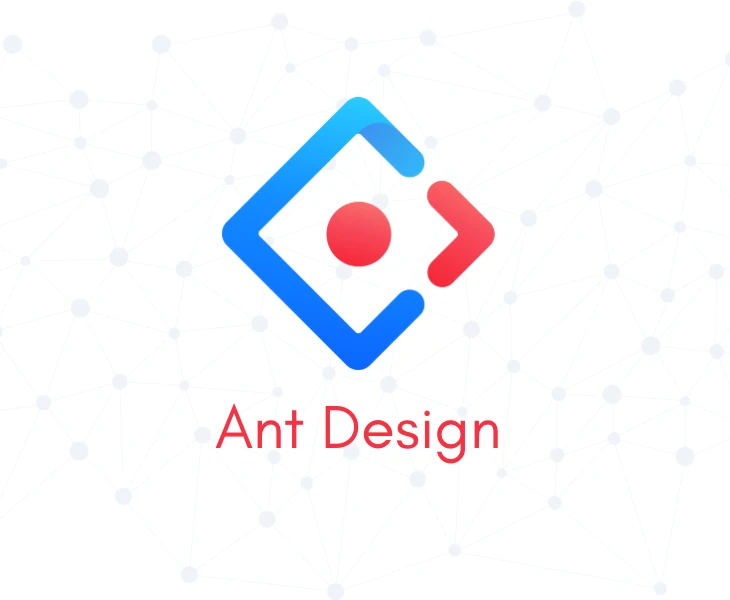
Lovingly known as AntD, Ant Design is mainly used for enterprise applications due to its very thorough set of components and design guidelines.
The AntD library has a large selection of React components, internationalization support, and built-in form validation, making it great if you’ve got a complex project on hand. It provides a complete design system with a huge set of pre-built UI elements, making this React component library the best choice for dashboards, admin panels, and data-driven interfaces.
One of its hallmark features is its built-in support for internationalization, allowing applications to easily support multiple languages. Pretty great for an enterprise-level project.
Another feature to note is AntD’s form-handling capabilities. With advanced validation and input controls, it’s easier than ever to manage user input in complex apps. It’s widely used for these reasons, and as a result, also has a strong community base and frequent updates that keep it at the top of our list.
The Verdict:
AntD is one of the best React component libraries out there—especially for large-scale projects—because of how it simplifies form handling, supports multiple languages, and has one of the best collections of React components to create stunning dashboards, admin panels, and data-driven interfaces.
4. React Bootstrap
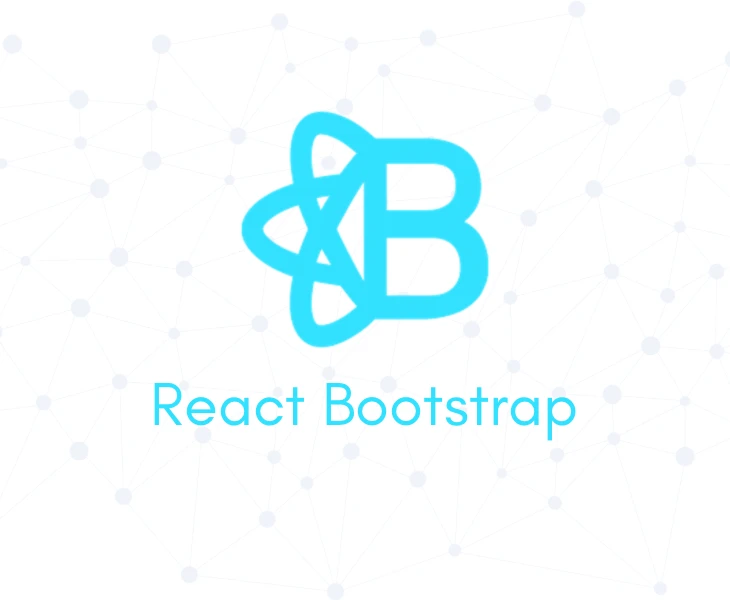
For the fans of the Bootstrap framework, React Bootstrap is their answer. With a fully compatible React implementation and all the aesthetics of the original Bootstrap framework, React Bootstrap gives you access to a range of theme options and a responsive grid system.
However, don’t be fooled by the name. This React component library is just that—a React component library. It remains a wholly React implementation, removing jQuery dependencies and maintaining only the core Bootstrap design principles.
That being said, the responsive grid system is why React Bootstrap has a leg up on other top React component libraries. This grid system makes it easy for developers to build different layouts that can adapt to different device screen sizes.
React Bootstrap offers a fully compatible React implementation of the popular Bootstrap framework. It retains the familiar Bootstrap aesthetics while providing theming capabilities and a responsive grid system, making it a great choice for developers who prefer Bootstrap’s styling.
React Bootstrap brings the power and familiarity of the Bootstrap framework into the React ecosystem. Unlike traditional Bootstrap, this library is a pure React implementation, removing jQuery dependencies while maintaining the core Bootstrap design principles.
The Verdict:
For developers who prefer Bootstrap’s styling, React Bootstrap follows the component-based architecture of React and can integrate seamlessly into modern React apps. This React component library offers a smooth transition without compromising on either the benefits of React’s implementation or Bootstrap’s aesthetics.
5. Blueprint
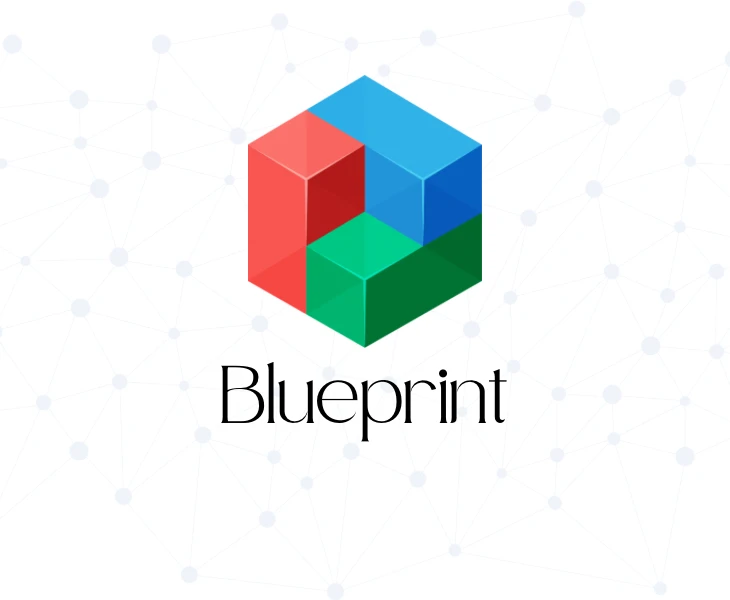
Blueprint is particularly useful for complex, data-heavy applications. It is optimized for handling large datasets and provides advanced React components for tables, along with built-in dark mode support, making it an excellent option for dashboard-style applications.
Blueprint is one of the best React UI component libraries that is designed for data-heavy applications. Created for handling monstrously large datasets, Blueprint is mostly suited for dashboards, financial tools and analytics platforms. With React components for creating advanced tables (think filtering, sorting or pagination), Blueprint is the best React component library to manage and display these large amounts of data.
It is particularly well-suited for dashboards, financial tools, and analytics platforms, where handling large datasets efficiently is a priority. The library includes advanced table components that support sorting, filtering, and pagination, making it easier to display and manage large amounts of data.
The Verdict:
Made for handling large numbers and creating responsive and well-displayed tables, Blueprint is one of the most popular react component libraries out there. It also comes with built-in dark mode support, enhancing user experience with customizable themes to create modern dashboards and analytics platforms.
6. Evergreen UI
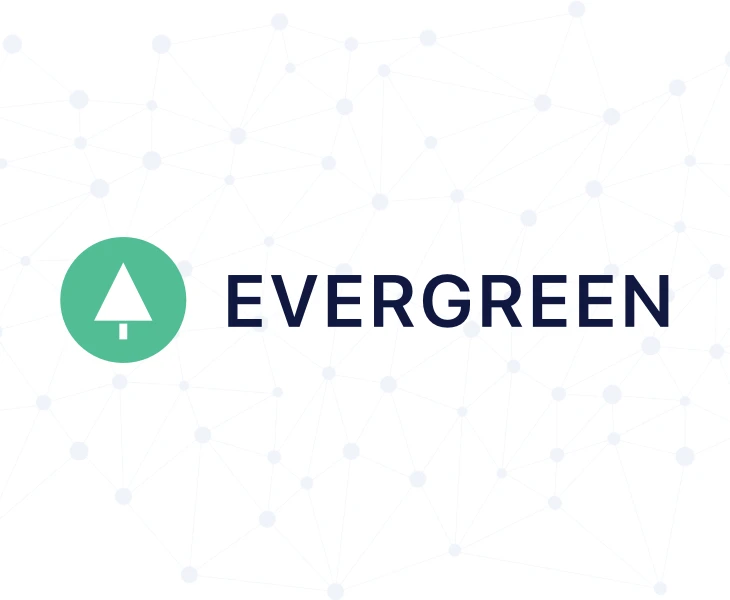
Evergreen UI was designed with long-term maintainability in mind. It gives developers a set of production-ready React components for web development that can be easily customized to match any design requirement that they might have.
Unlike some React component libraries that enforce strict design guidelines, Evergreen UI is built to be adaptable, making it great for projects that demand both scalability and ongoing updates in the future.
So, if your project is destined to scale up and evolve, Evergreen UI is one of the best React component libraries you can use. It also has an intuitive design, enough documentation, and community support to ensure a smooth development process.
The Verdict:
If you’re a developer looking for a scalable React UI component library, Evergreen UI is the answer. Focusing on long-term maintainability and scalability are its key features, which serve well when needed by teams to create applications that can evolve over time.
7. Grommet
Grommet is a React UI component library that is committed to accessibility and responsiveness. It follows a mobile-first approach, ensuring that applications look great and function well across different devices.
And if your project needs to reach an even bigger audience, Grommet follows WCAG standards, meaning the applications made with it are inclusive and usable for people with disabilities.
There is also built-in theming support that allows developers to create customized designs without any extensive styling work and without compromising on its flexible layout system, making it one of the most popular React component libraries out there.
The Verdict:
If accessibility and responsiveness are your top priorities, Grommet is the best React UI component library for you. It’s designed with mobile-first components and meets WCAG accessibility standards, ensuring that your application looks good on all screens.
Conclusion
The best React component library for you depends on your project’s goals. If you want a polished, Material Design look, MUI is a solid choice. For flexibility and accessibility, Chakra UI and Grommet stand out. If you’re building enterprise apps, Ant Design offers robust tools, while Blueprint excels at handling large data sets.
By choosing the right React UI component library, you can save time, improve consistency, and enhance your app’s usability. Whether you’re focusing on speed, customization, or performance, there’s a React component library that fits your needs.
Hire ReactJS Developers
At Devace Technologies, we offer speedy hiring of ReactJS developers for front-end tasks within 48 hours. Our developers with hands-on experience and proven track record on React projects have established unmatched reputations.
Our developers will assist you in your project, whether it involves Chakra UI, AntD, or another React component library.
Get in touch with us today!
